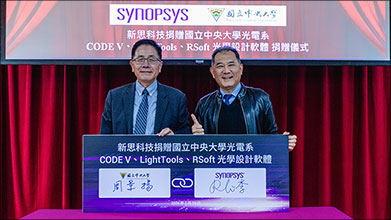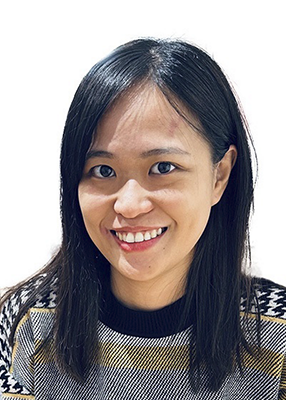Cloud native EDA tools & pre-optimized hardware platforms
My undergraduate degree was in Mathematics. Back in 1977, I was working as a computer programmer – the description “software engineer” hadn’t been invented yet–for Computer Sciences Corporation (CSC) in Silver Spring, Maryland. CSC had a contract to maintain the “Orbit Determination” software for the Goddard Space Flight Center. Some of this work was very interesting and involved the problem of predicting the orbit of a satellite under the influence of many forces, including gravitational pull from the Earth, the Moon, and Jupiter, as well as things like atmospheric drag. I got my introduction to the theory of orthogonal polynomials–very important in optics–working on a numerical integration method based on Chebyshev polynomials.

Dr. Rogers – Snowshoeing in Switzerland
It was an exciting time to work in Orbit Determination. The Skylab satellite was in an orbit that was decaying, and my carpool partner was tasked with figuring out when and where it would re-enter the atmosphere and where it was likely to hit the surface. (This is an almost impossible task, as the last few orbits are strongly affected by atmospheric drag, and the atmospheric density at those altitudes is not known very precisely and is affected by sunspot activity.) Also at that time, the first satellites of the GPS system were going up.
These were the days of mainframe computers and punch cards. At Goddard, the computer was fairly big: the processor, the core memory, the disk drives, the tapes drives, the card reader, and the line printer were housed in a room not much smaller than a basketball court. If I remember correctly, the machine had a core memory capacity of a quarter megabyte; and we had to live with one-week turnaround with our programs only scheduled to run on Saturdays. That made the process of debugging a lot less fun than it might have been.
At some point, I heard about and requested to work on a project that involved bouncing a laser pulse off a corner-cube array on the moon in order to calculate the distance to the moon from the round-trip time-of-flight. There were some discussions going on as to how the array should be configured and whether the corner-cubes should be reflectorized or rely on total internal reflection. The latter gives a higher reflectance, but disturbs the polarization of the light, and it wasn’t clear that the net result would be better. To answer the problem, there was an effort to simulate the diffraction pattern of the reflected laser pulse. I decided that this would be an interesting project, so I volunteered for it.
Though I wanted to work on that project, I was told that I didn’t know enough about optics. It might have sounded harsh, but it was a fair assessment. I had taken only one course in optics in my undergraduate program, so I really didn’t know much about optics in general, and I knew very little about diffraction. My response though, was not one my boss was expecting: I decided to go back to school and learn about optics! The decision led me to the University of Arizona, where I received my doctorate degree in optics, and eventually to my current position as principal engineer on the Synopsys Optical Solutions Group optical design team.
Dr. John Rogers is the 2020 recipient of the SPIE Rudolf and Hilda Kingslake Award.










